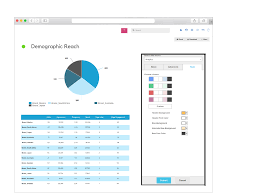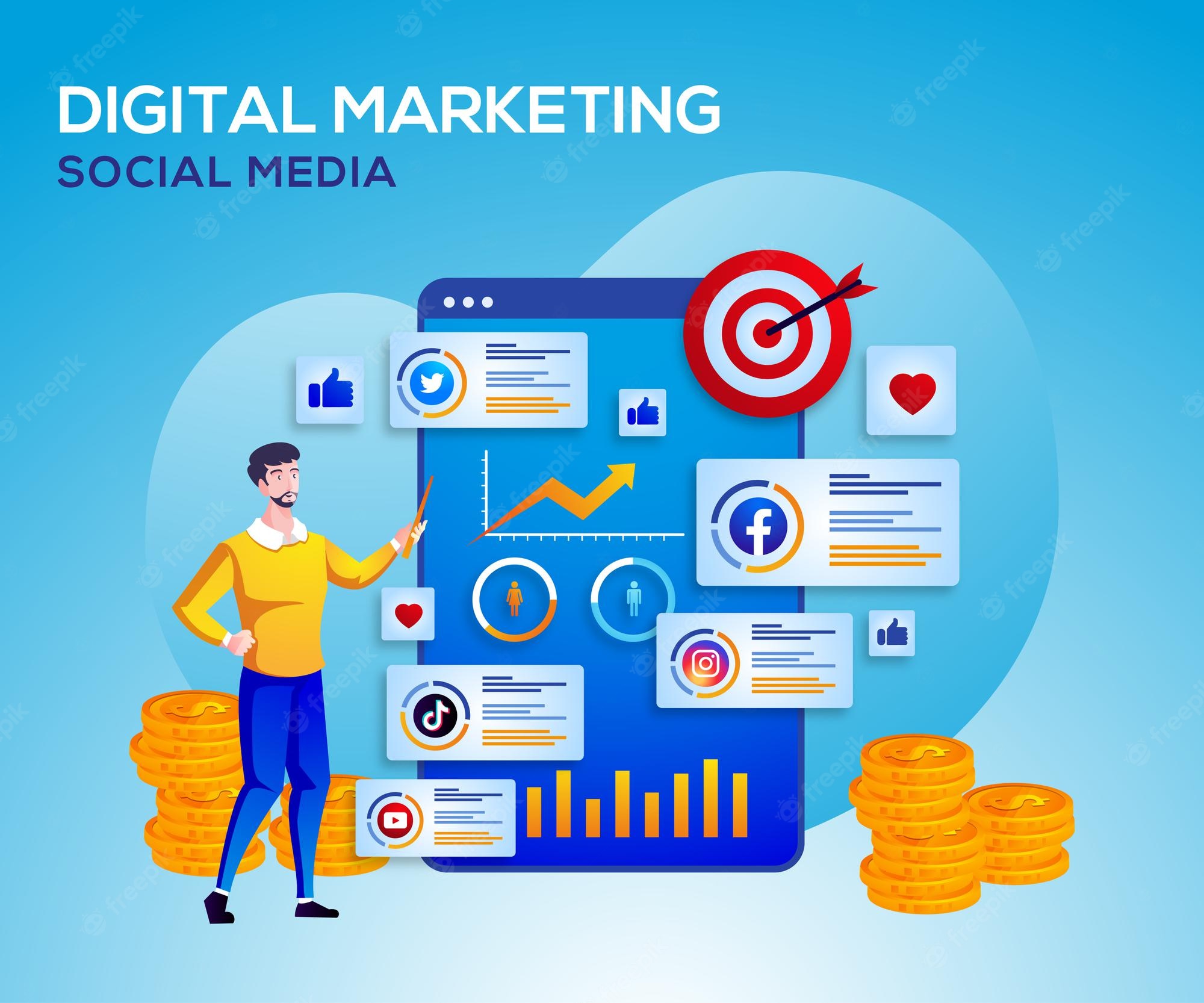
If you're unsure where to start when it comes to content marketing, consider the many successful examples of inbound marketing that have already proven to be effective. UGC (user-generated contents), influencers and lead magnets are some of the most successful examples. Here are some examples of these techniques, which you can adapt to suit your business. You'll be able to create an improved inbound marketing campaign by following these tips.
UGC
UGC allows customers to engage with each other. Instead of relying on advertisements from brands, this content is created by readers. UGC can be used to increase loyalty by its most passionate fans. A customer advocacy program is one way to get more UGC from customers. This type of content allows the brand to tap into the unique experience of its most passionate fans.
User-generated content
Many benefits can be derived from user-generated material. These user-generated content have many benefits. They provide organic content at a high quality and increase brand credibility. Coca-Cola was one example. They ran a contest asking viewers to share cokes with their families and friends. It quickly became a worldwide phenomenon. What's more, the campaign utilized pictures and videos, both of which have much higher share rates than other forms of content.

Lead magnets
Lead magnets in content marketing are valuable pieces that can be exchanged for contact information such as email addresses or names. Lead magnets make it easy to generate leads for marketing campaigns. They are an effective way to build brand awareness, credibility and provide real value for potential customers. These lead magnets can help you improve your marketing efforts. Your website's SEO ranking will increase and lead magnets will help you get more traffic.
Use influencers
There are several benefits to using influencers in content-forced marketing. It has been proven effective in promoting ecommerce websites and is also a great option for content-forced campaign promotion. Influencers can be a valuable resource because they can spark interest in your products or services. They can be used to target niche buyers. For the best results, influencers should be involved and connected to your brand.
Using data
Content marketers are increasingly using data in their marketing efforts. Consumers today are more aware of the information they have available and can make better decisions about what they hear, see, and read. You can leverage data to your advantage and gain valuable insight into your audience to better tailor your content. Data-driven content marketing means using data to create user profiles or segment highly-granular audiences.

FAQ
Is content marketing right for me?
If you already know what you want to say, then a Content Marketing Strategy will work perfectly for you.
These are just a few questions that you can ask yourself to help get you started.
Is it necessary for my business to communicate a specific message? Or am I looking to create content that resonates across a range of audiences?
Is it better to generate leads or convert visitors into buyers?
Are you trying to promote one or multiple products?
Would I be interested in reaching out to people outside of my industry sector?
A Content Marketing strategy will be the right choice if you answered yes to any of these questions.
What are the advantages of content marketing?
By creating high-quality content, content marketing can help drive sales leads and sales. Content marketing can also provide a steady stream for original content that can promote products or services. Content marketing helps increase brand awareness, trust and engagement among potential customers. Content marketing can also create a positive image of your company.
What is the best Content Management platform?
There are many platforms on the market today. Each one has its pros and cons. Here are some top choices:
-
WordPress is simple to set-up and manage. A great community of users.
-
Wix - Setup and maintenance are easier than WordPress You do not need to have any technical knowledge.
-
Squarespace – Best choice for those with a website.
-
Blogger – Free blogging service
-
Medium - A place to share your work.
-
Instagram - A platform that uses images
-
LinkedIn – A networking tool.
-
Facebook - A social network.
-
YouTube – Video sharing platform.
-
Pinterest - Image-based platform.
-
Google Analytics - Track visitor behavior.
-
Hubspot: Email marketing software.
-
MailChimp: Email marketing software.
What if I post only links to other sites' content.
Yes! It's known as link building. It is a great way of increasing traffic to your website by linking back to other sites' content. But only link to reliable sources.
Why should I do content marketing?
HubSpot says that the average person spends more than two hours a day on content consumption. That's quite a bit of content time!
What are the different content strategies?
Content strategy can be described as a broad term that covers all aspects of creating, managing, distributing, measuring, and optimizing content for digital channels. It's not just what you publish on social media sites such as Facebook and Twitter but also what you choose to highlight on your website, blog, and other online properties.
Content strategy is vital because it determines how you will focus your time and effort, the content types you should use, as well as what message you send to your target audiences.
It's about understanding how content fits into the overall business goals and objectives to help you achieve them.
Statistics
- Content marketing produces 3X more leads per dollar spent. Content marketing costs 62% less than traditional marketing. (criteo.com)
- Seventy-two percent business to business (B2B) (mailchimp.com)
- According to our research, 65% of companies with very successful content marketing in 2021 ran content audits at least twice a year. (semrush.com)
- Forty-seven percent of buyers view 3 to 5 pieces of content before engaging with a sales representative. (mailchimp.com)
- We found that 40% of businesses don't have a documented strategy yet. (semrush.com)
- In fact, would pay more for a better customer experience, and 86% of B2B buyers would pay more. (neilpatel.com)
- Measure your goals with a progress indicator of 0-100%. Make your goals collaborative and transparent (semrush.com)
- An example of an overarching goal could be: "In 2022, we want to achieve a 20% increase in revenue created by organic content and generate 15,000 MQLs with a budget of $30,000." (semrush.com)
External Links
How To
Content Marketing Tips: Infographic Creation Tips
Infographics make complex concepts simple and easy to understand. Use infographics as a tool to promote your content marketing message.
To create an infographic, Adobe Illustrator or Photoshop is required. These programs allow you to create infographics by drawing different shapes and elements. You can then use colors and fonts for your data. Once your design is ready, you can start uploading images from sites like Pixabay and Unsplash to insert into your design.
Look online for inspiration to create your own infographics. A picture of a food Pyramid could be used to show how many calories each food has. You could also look at the sugar content of soda pop, and then take a photo of a Coke bottle.
After you have created your infographic, it can be shared through social media channels such as Facebook and Twitter. This makes it easy for people unfamiliar with the concept to learn. You can include hashtags in your infographic if you want to share it on social media. Hashtags allow users to follow along with conversations surrounding specific topics.
An infographic is a shorter version of a blog post. An average blog post is between 2000 and 5000 words, while an infographic takes 500 to 1000 words. This means that you can convey more information in a shorter space.
Your infographic should be easy to read for some viewers. It is important to use large fonts and avoid relying too heavily on colors when designing your infographic. Also, make sure that all your text is legible.
Here are some additional tips :
-
Choose an Infographic Template. There are many free templates online. Canva (Piktochart) and Google Slides (Google Slides) are some of the most requested templates.
-
Create your Infographic. Create your infographic using the template. Any media you choose is acceptable for your audience. An example of this is a infographic that shows the best restaurants in Seattle.
-
Add Text. After creating your infographic, add text with Microsoft Word, PowerPoint, and Canva.
-
Add images. You can also add images to your infographic. You can add images to your infographic. If you want to add a picture, make sure it's relevant to your topic.
-
Make It Interactive. Interactive elements like buttons, maps and links can be added to your website. This will make it easier for your audience to interact with you.
-
Share. When you're done, share your infographic on social media sites like Facebook, Twitter, LinkedIn, Pinterest, and Instagram.
-
Measure. Measure. Did people click on your website? Did they sign-up for your email address? What was their reaction when you showed them your infographic
-
Improve. Is there a way to improve your infographic? Is there anything you could do better?
-
Repeat. Repeat.